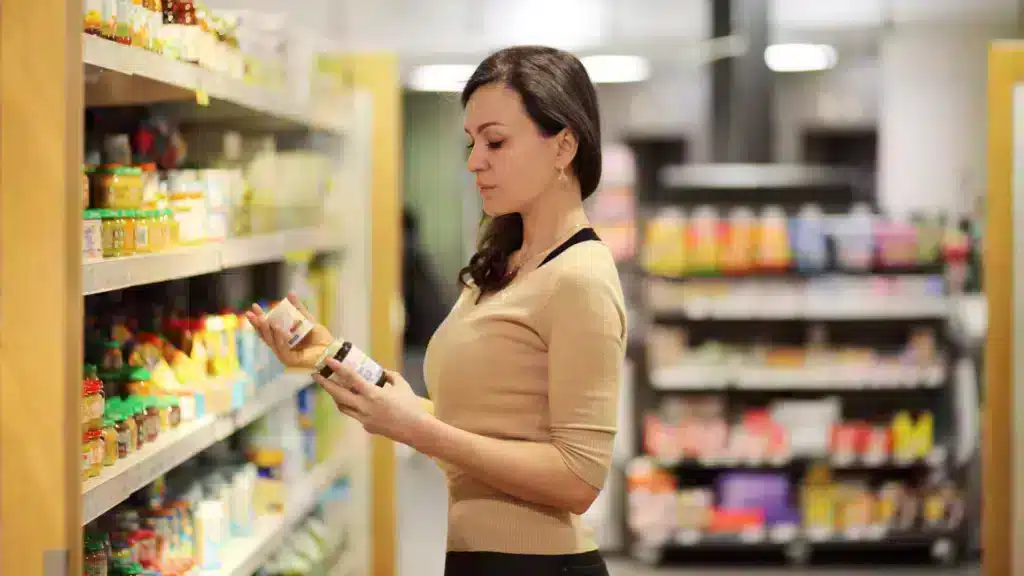Between the rising cost of living and instability across the globe, 2023 has inherited much of 2022’s uncomfortable legacy. So, how are consumers responding to these pressures? And how confident are they that things will improve as the year goes on?
In Wave 21 of the Toluna Global Consumer Barometer, we surveyed over 15,000 consumers in 18 markets to understand how they’re feeling about the year ahead.
Life satisfaction rises as consumer confidence remains low
Nearly half of global consumers (47%) report feeling very satisfied with their life over the previous two weeks. That represents a six-point increase since January 2022, but there are some notable distinctions when we look at responses on a regional level. As low as four in ten consumers reported high life satisfaction in Europe, while as many as six in ten felt the same in the Americas.
Despite the increase in life satisfaction, consumer confidence is still quite low:
• Just 27% of global consumers are very confident spending money in the coming months, and this falls to 16% in Europe
• 41% of consumers are very concerned about their personal financial security
• 35% of consumers are either worried about their employment or in reduced employment
Still, it’s clear that consumers are optimistic about improvement on the horizon. Over one-third of global consumers expect to be better off financially in the next three months, and 44% expect their situation to improve by the end of 2023.

Impact extends to health and well-being
The heightened cost of living isn’t just affecting consumers’ bank accounts. Half of global consumers say that it’s impacting their personal health and well-being, too. How is that manifesting in terms of behavior?
• One in three feel more stressed due to the higher cost of living
• One in five are eating less healthy
• 18% are getting less exercise
• 16% are being less health-conscious due to other priorities
Despite these challenges that consumers are facing, many remain optimistic for the future. Over one-third of consumers expect to be more satisfied with their personal health and well-being by the end of 2023.
Savvy shopping and cutbacks on leisure
It’s no secret that the cost of living is impacting how we spend and what we spend it on. Nearly seven in ten consumers told us that rising energy and living costs are impacting their spending, and six in ten are putting off big life expenditures until the financial climate stabilizes.
When asked where they would cut back on spending in the next three months, it’s clear that leisure expenses are first on the chopping block. Consumers plan to reduce spending on:
• 40% eating out
• 35% alcohol in bars, pubs, and restaurants
• 34% ordering takeout
• 30% holidays/vacations

And when shopping for essentials, like groceries, they’re taking a much more savvy, value-driven approach. Consumers are reducing unnecessary expenditures, comparing prices, visiting more stores in search of value, and even changing supermarkets to cheaper alternatives. For brands, this really drives home the importance of communicating around value to win over consumers in the current economic environment.
Continued importance of brand value
With people focused on value for money, one might assume they’re less focused on brand values. You’d be incorrect! They still want to engage with brands that make a positive impact on the environment and the world as a whole. In fact, seven in ten say they would start using a brand or use it more because of its positive environmental/social activities, and a similar proportion would move away from a brand because of its negative activities.
What’s stopping them? Two in three consumers say they would like to make more decisions based on brand values, but don’t feel like they have enough information. A similar amount feel they can’t afford to at this time. What about the top actions for brands to take? Above all else, consumers want brands to be sincere and authentic about their values (66%). Other priorities include reducing the use of plastic/paper/packaging (58%) and having policies that benefit the environment and society (55%).





